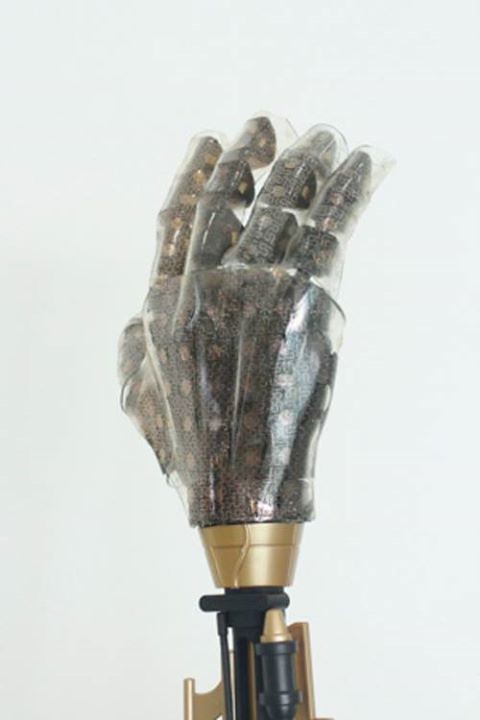
New kind of artificial skin can develop bruises that heal independently
Researchers have created an artificial skin that may ‘bruise’ upon impact much like actual skin, helping reveal whenever a robot or prosthetic is potentially damaged. The fake bruises are designed to function as a kind of danger sign that the artificial limb or structure might need to be evaluated to make sure it doesn’t continue steadily to unintentionally strike an object.
Bruising being an alert
Artificial skin is really a material that resembles actual skin; it really is popular for prosthetics and increasingly with robots. Your skin, based on its design, could be equipped with sensors offering a qualification of sensing capabilities, like the ability to detect once the limb is in touch with a surface.
In the years ahead, these artificial skin materials could also include a ‘bruising’ function that results in discoloration where in fact the surface strikes an object. Unlike somebody who may, for instance, hit their leg against a post, a robot can’t report when among its limbs has been struck, potentially leading to damage which could go undetected until it gets worse.
Beyond ‘e-skin’
The bruisable artificial skin originated by researchers in China and recently detailed by the American Chemical Society. The material functions by detecting forces using ionic signals, rendering it a conductive hydrogel that exceeds lots of the capabilities of electronic skins (“e-skins”), at the very least with regards to factors like biocompatibility and stretchiness.
Based on the paper detailing the artificial skin, the bruising function is manufactured possible with a molecule called spiropyran that transitions from the pale yellow to a blue-like color when put through mechanical stress. Much like actual bruises, this discoloration slowly returns to its original color after a long time.
The skin you understand
Testing performed with this particular ionic hydrogel material (“I-skin”) discovered that it behaves much like human skin – it could be stretched, for instance, without bruising, but will show the discoloration if put through potentially damaging force, such as for example when repeatedly smacked or aggressively pinched.
If you won’t yet find this material used with prosthetic devices and robots, the development paves just how for a life-like artificial skin that could one day behave like the real thing. It’s unclear if the researchers intend to integrate sensing capabilities in the material that could enable robots to also detect when they’re touched.





